Seashore Life
Last week we joined my folks, sister and brother-in-law and my two nieces and nephew on the Outer Banks of North Carolina. Because they are homeschoolers as well, we took advantage of the pre-season prices and lack of crowds to enjoy time off together at the shore. We had such a great time — splashing in the waves, building sand castles, being buried in the sand, riding in the waves and generally wearing ourselves out. We had such an amazing time what I *really* want to do is revisit the week with a billion pictures, but I’ll spare you and put in just one beach-scene collage!
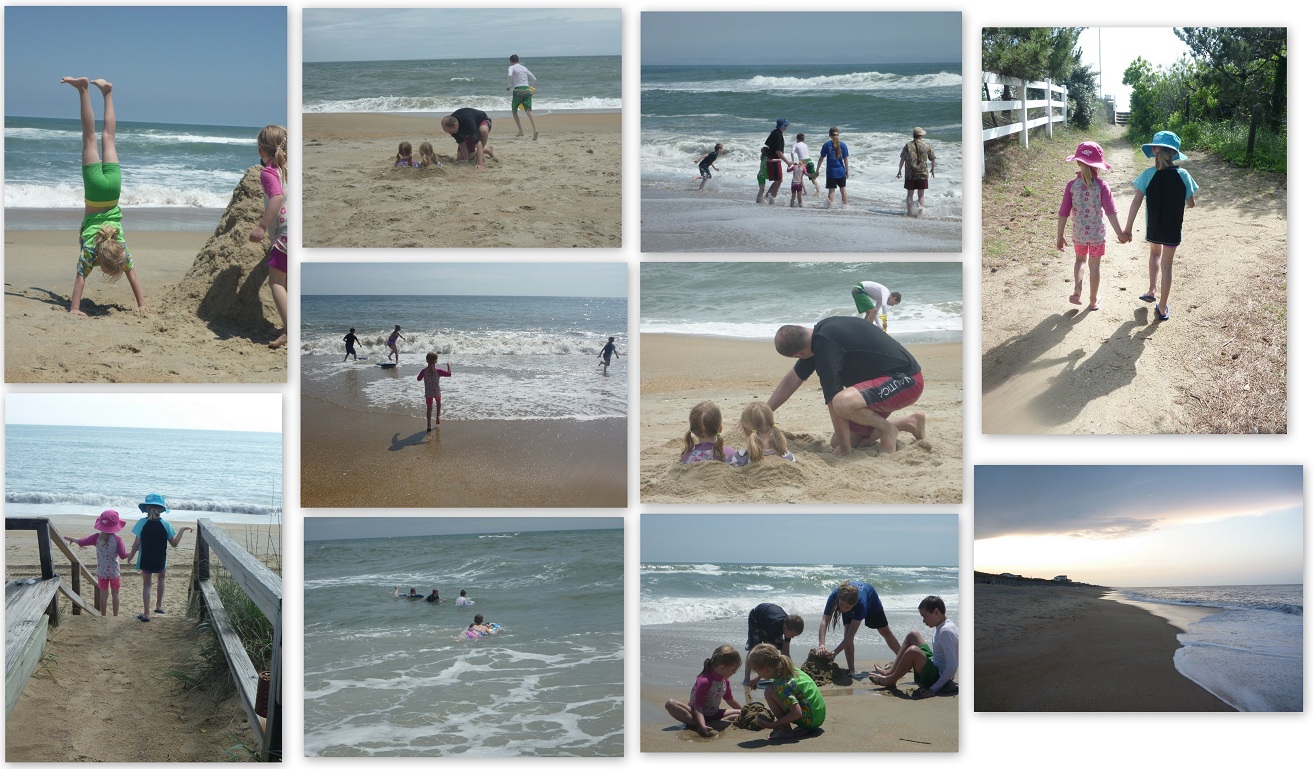
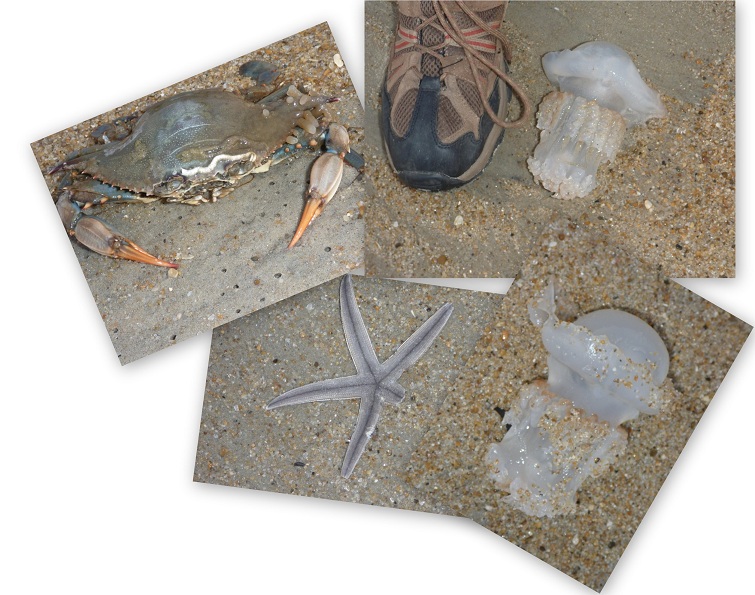
Sea Anemone

Blue Crab — These are easily identified by their blue legs, tipped with orange. Blue crabs are one of the best swimming crabs; this one had just washed ashore. It was still alive. I loved how a barnacle and other creatures had attached themselves to the crab’s shell!
Ghost Crab – We saw these ghost crabs scuttling around the sand mid-day although they are primarily nocturnal. These were about 3 inches across. Their burrows can be up to 4 feet deep.
Atlantic Sand Crab (also called the Sand Fiddler or Mole Crab or Sand Flea)
Skate is closely related to sting rays because they are so similar in shape. Skates lack the venomous barb on their tail. A fisherman caught this skate, unhooked it and tossed it back into the ocean. The bottom picture are egg cases of skates that wash up to shore.
This is not a rock! This is a Sea Cucumber which is related to the star fish and sea urchin. — These invertebrates have an endoskeleton just under the surface of their skin. They are scavengers that eat debris that lies on the ocean floor.
Sponges cannot chase their food; they filter out food through their pores. It is believed they primarily consume plankton.
We saw lots of horseshoe crab shells (though no live horseshoe crabs). Horseshoe crabs are not actually related to crustaceans (crabs, shrimps, etc.), but are more closely related to spiders, ticks and scorpions. They have living in the ocean for 250 million years (farther back than the dinosaurs). They eat mostly sea worms and clams, but can live for up to a year without eating!
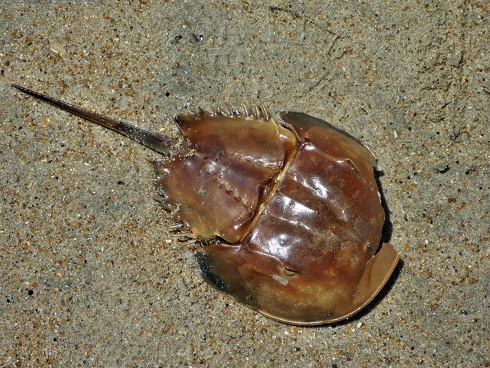
My brother-in-law and niece had fun flying kites at the beach. I loved the brown pelicans that flew by! You can see the kite in the lower right hand corner.
Turtle that crossed the road:
You know the vacation was fun when it ends like this night after night… before dinner!
Tomorrow I’ll share some ocean-related freebies I created last fall.
See you again soon here or over at our Homeschool Den Facebook Page. And, don’t forget to Subscribe to our Homeschool Den Newsletter! ~Liesl
Other Ocean Activities we did for this unit:
- School of Fish Activity
- Layers of the Ocean: Ocean Zones
- Ocean Unit Freebies
- Ocean Animals and Their Groups
Be sure to see the related posts:
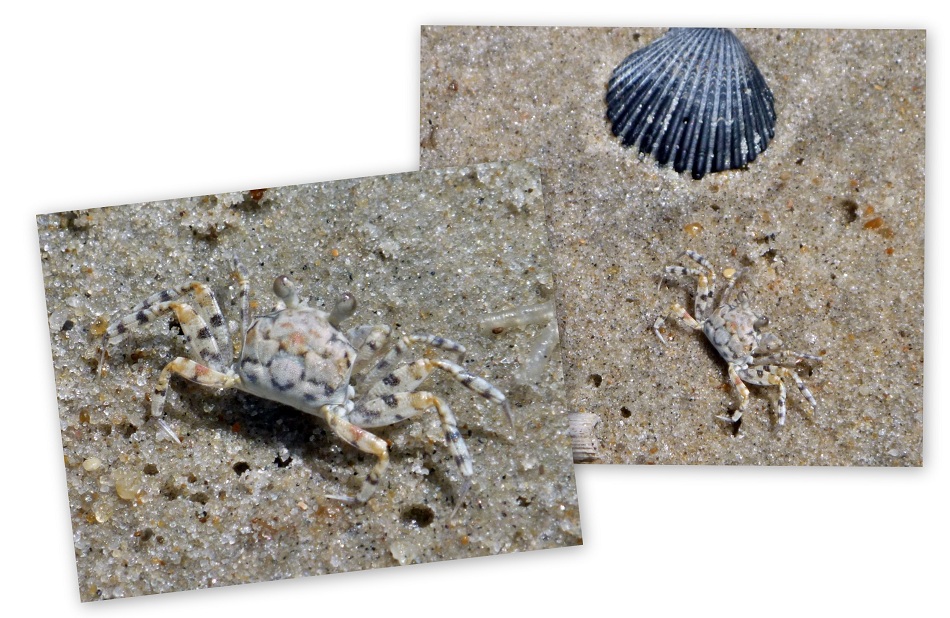


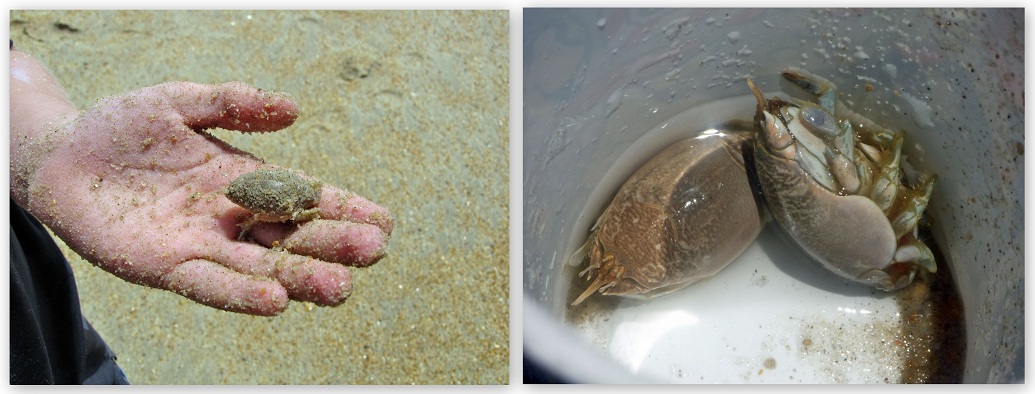
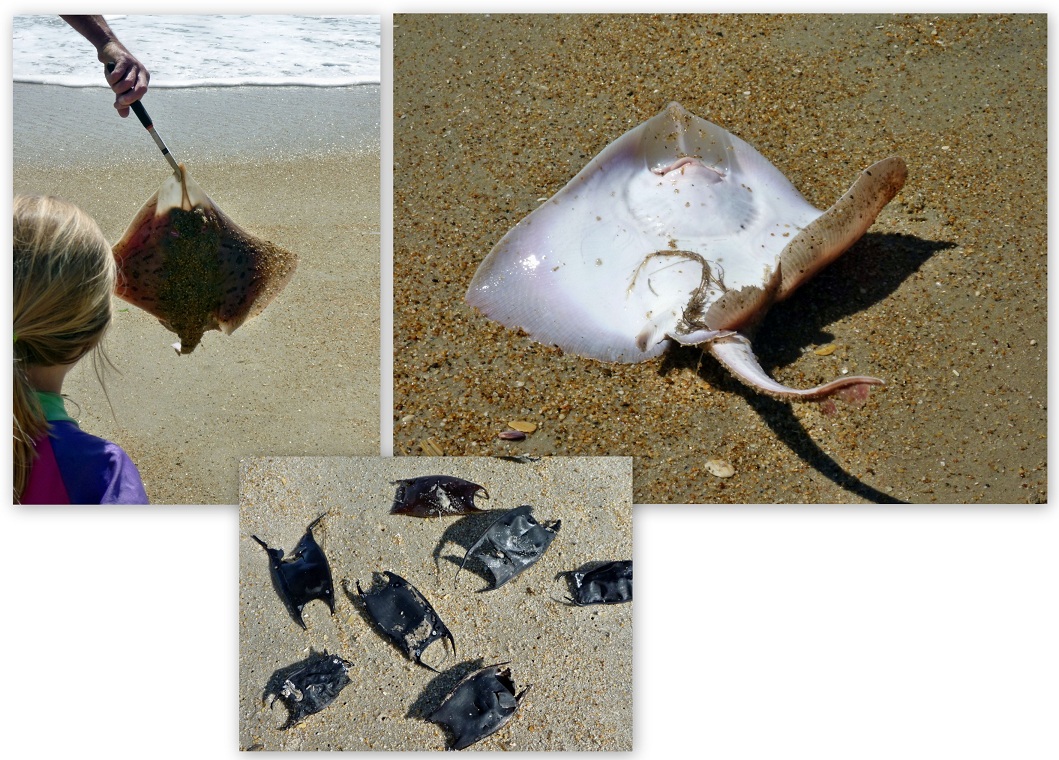



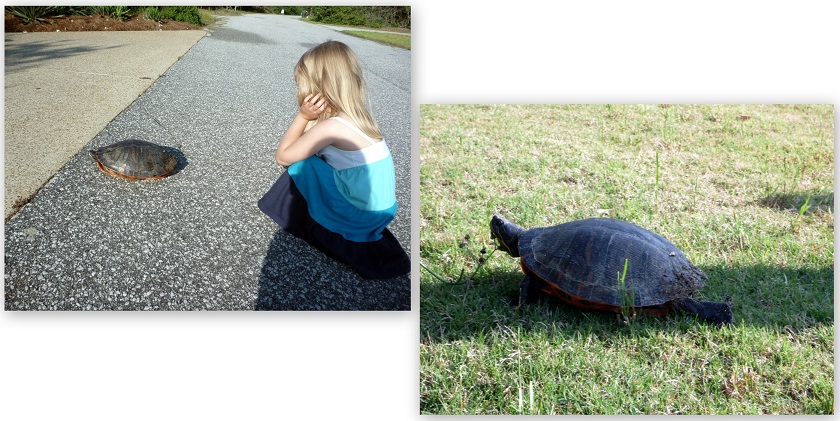


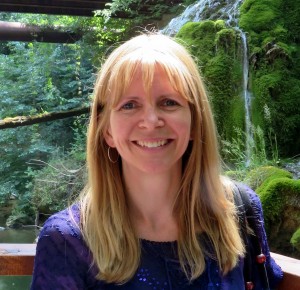






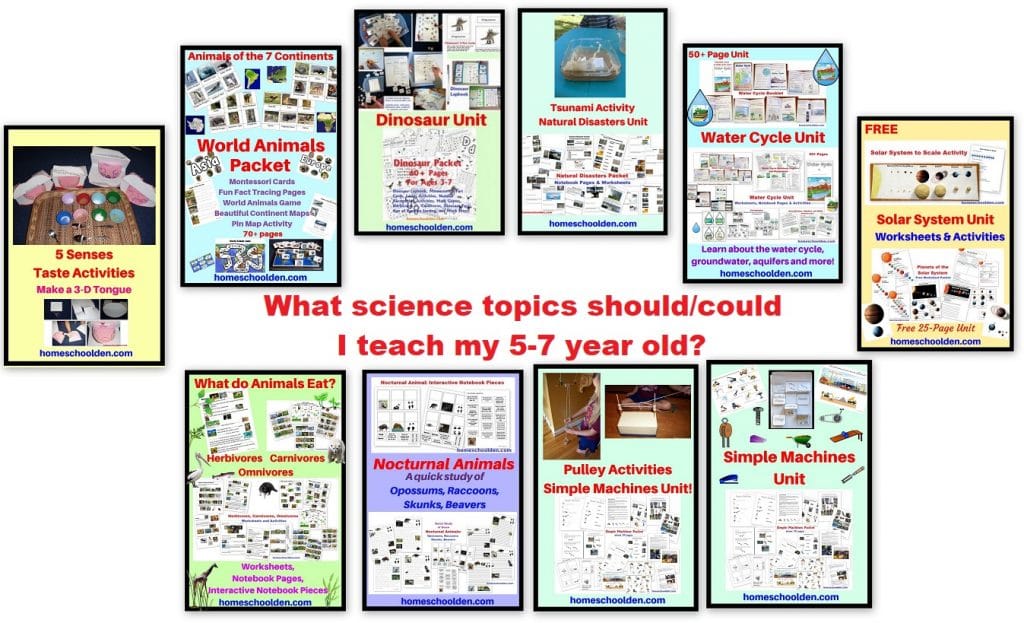

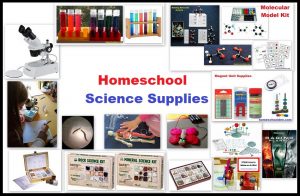







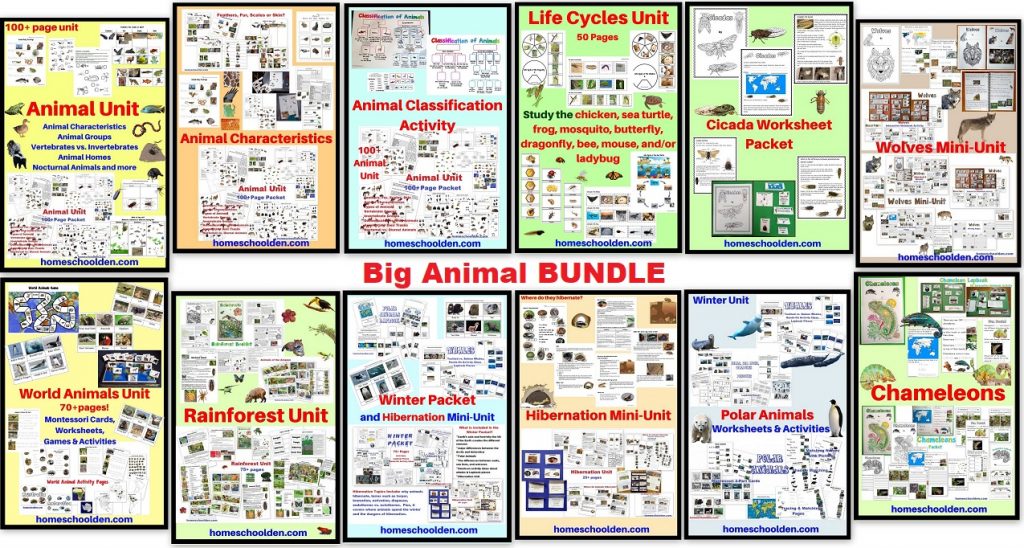




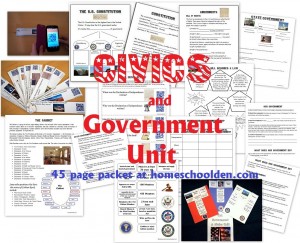


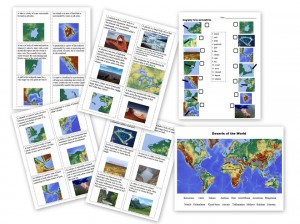

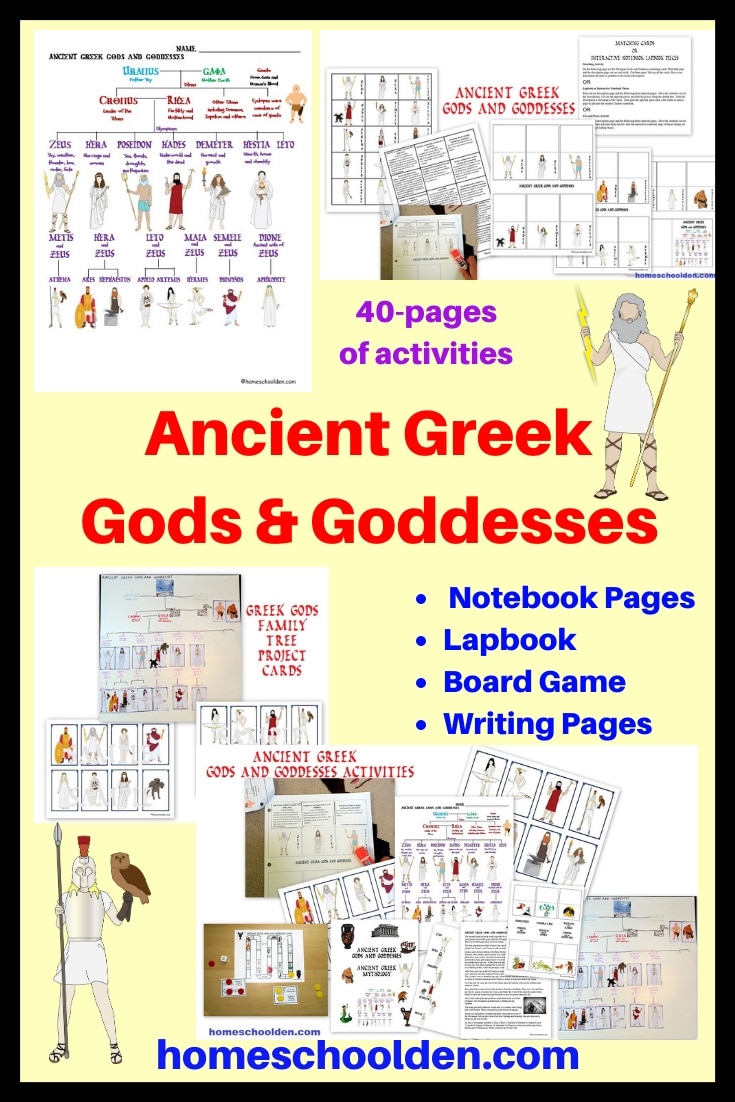





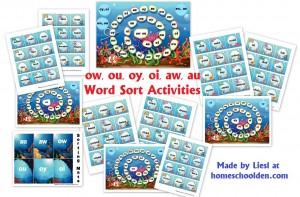

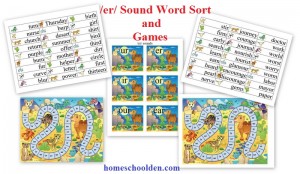






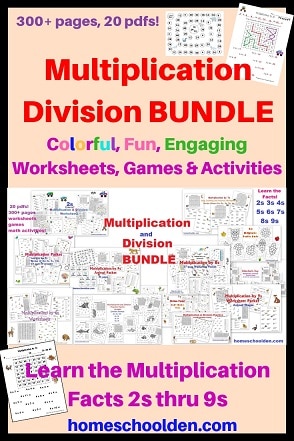

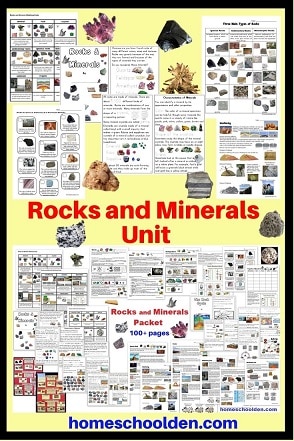



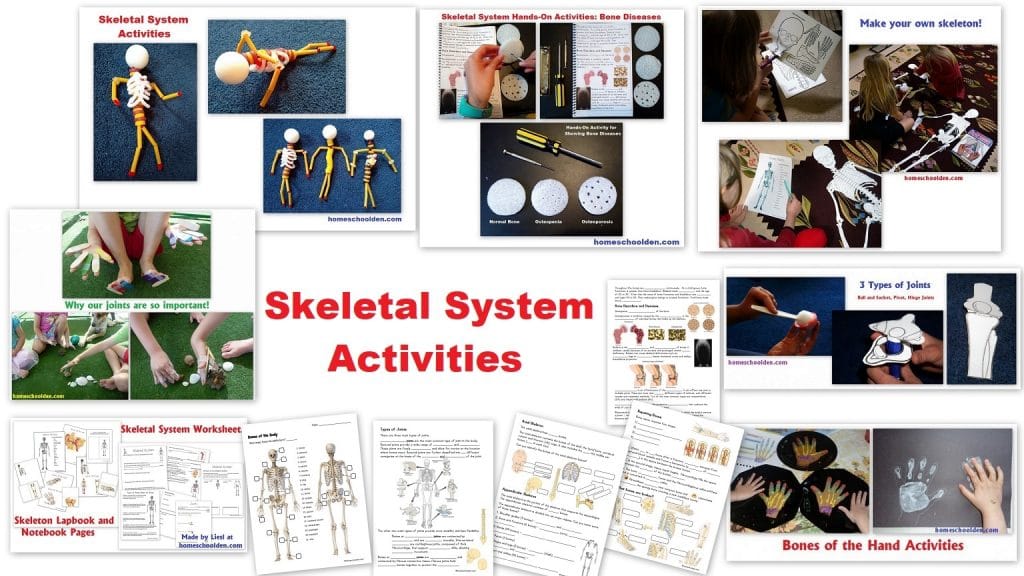




4 Responses
[…] Sea Creatures at the Outer Banks […]
[…] Sea Creatures at the Outer Banks […]
[…] Sea Creatures at the Outer Banks […]
[…] Sea Creatures at the Outer Banks […]